Carrots may be humble root vegetables, but they benefit in surprising ways when grown alongside certain flowering plants. While flowers are often added to gardens for beauty or pollinator support, tucking them among your carrots can actually lead to healthier soil, fewer pests, and better yields.
Flowers like marigolds, nasturtiums, and calendula release natural compounds that deter pests like carrot flies and aphids. Others attract beneficial insects that prey on pests or improve the overall garden ecosystem. And beyond pest control, they can also help regulate moisture, shade the soil, and reduce weed pressure.
In this article, we’ll explain why planting flowers with your carrots is a smart move for both function and flavor, and which combinations work best to boost your garden’s productivity naturally.
Natural Pest Deterrent
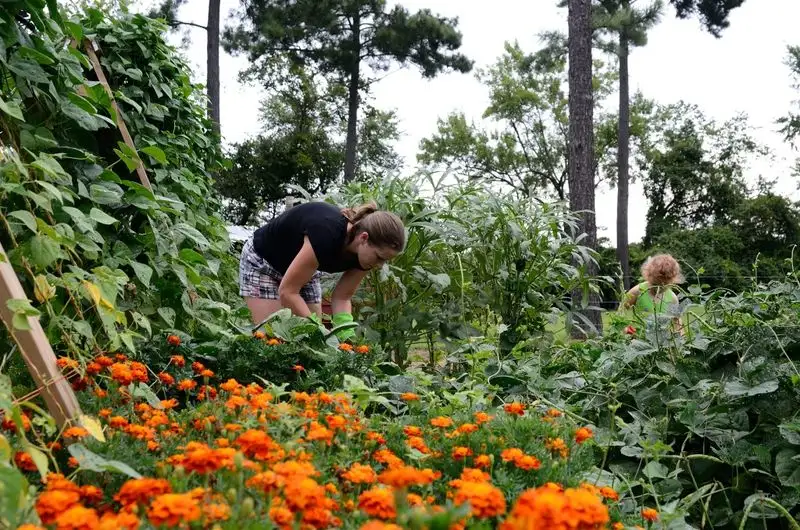
Imagine a garden where pests are naturally kept at bay. Planting marigolds among your carrots can make this a reality. These vibrant blooms release a scent that repels nematodes and other harmful insects. Place marigolds strategically to protect your carrots from underground threats. With their bright colors and unique aroma, marigolds are both a defensive tool and an aesthetic addition. This natural approach reduces the need for chemical pesticides, promoting a healthier garden environment. In essence, marigolds act as a floral shield for your carrot patch.
Enhancing Soil Health
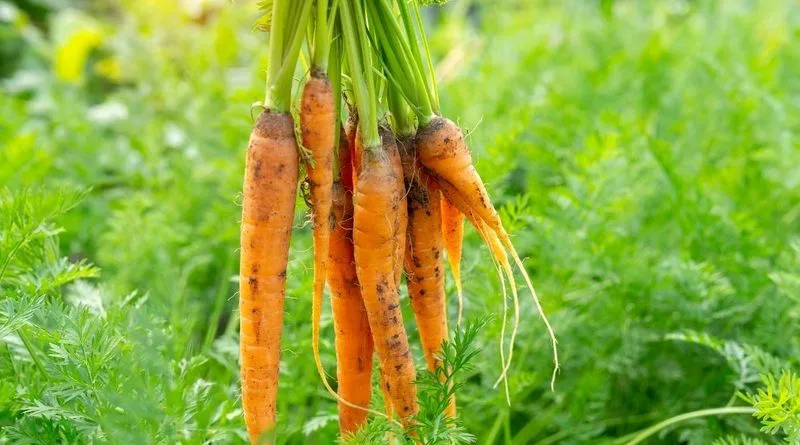
Borage, with its star-shaped flowers, is more than just a pretty face. Its roots work wonders underground, improving soil structure and health. This plant brings essential nutrients to the surface, benefiting nearby carrots. By enhancing soil aeration, borage assists in water absorption, ensuring carrots receive the hydration they need. These flowers also attract beneficial insects, creating a balanced ecosystem. Integrating borage into your garden supports robust plant growth, making it a hidden powerhouse for your carrot crop.
Attracting Beneficial Insects
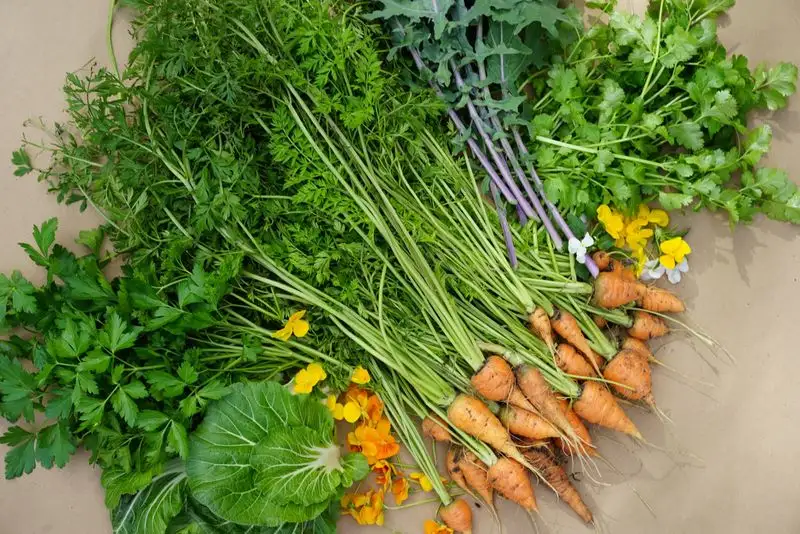
Sweet alyssum is like a welcome mat for beneficial insects. This charming flower attracts ladybugs and parasitic wasps, allies in pest control. Their presence keeps aphids and other pests at bay, indirectly safeguarding your carrots. Alyssum’s low-growing habit also acts as a living mulch, conserving moisture and suppressing weeds. By inviting these insect helpers, you’re fostering a healthier and more resilient garden environment. Sweet alyssum does more than beautify; it creates a thriving habitat for your plants.
Boosting Pollination
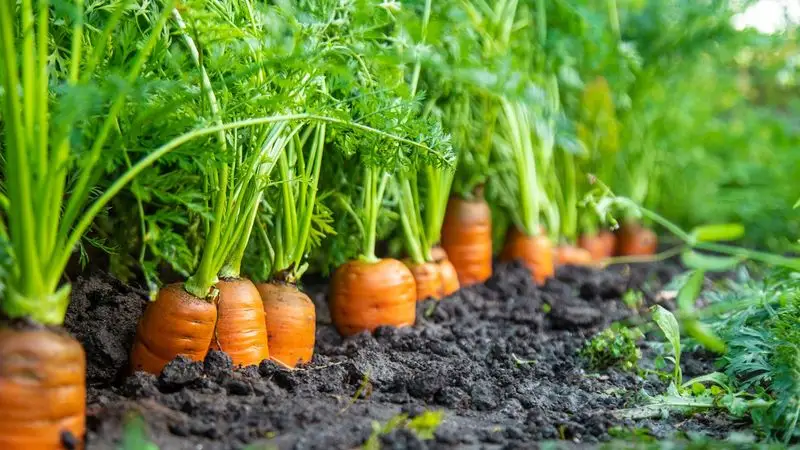
Zinnias are like beacons for bees and butterflies. Their bright, open blooms make them irresistible to these pollinators. While carrots are self-pollinating, having zinnias nearby boosts overall garden activity. Increased pollinator presence can enhance fruit and seed production for other plants. Zinnias’ long blooming season ensures there’s always something to attract pollinators, keeping your garden buzzing with life. These flowers are not just eye-catching; they play a vital role in encouraging biodiversity.
Creating a Visual Feast
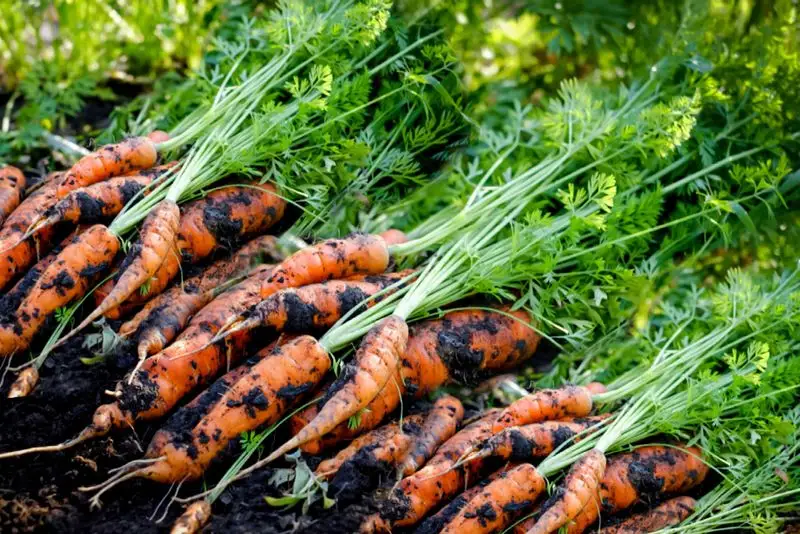
A garden is not only for the palate but also for the eyes. Mixing cosmos with your carrots turns your garden into a visual feast. These flowers, with their delicate petals, add a splash of color and a touch of whimsy. The contrast between leafy greens and vivid blooms creates a beautiful tapestry. Beyond aesthetics, cosmos also attract beneficial insects, promoting a balanced garden ecosystem. By planting cosmos, you’re cultivating a garden that’s as pleasing to look at as it is productive.

